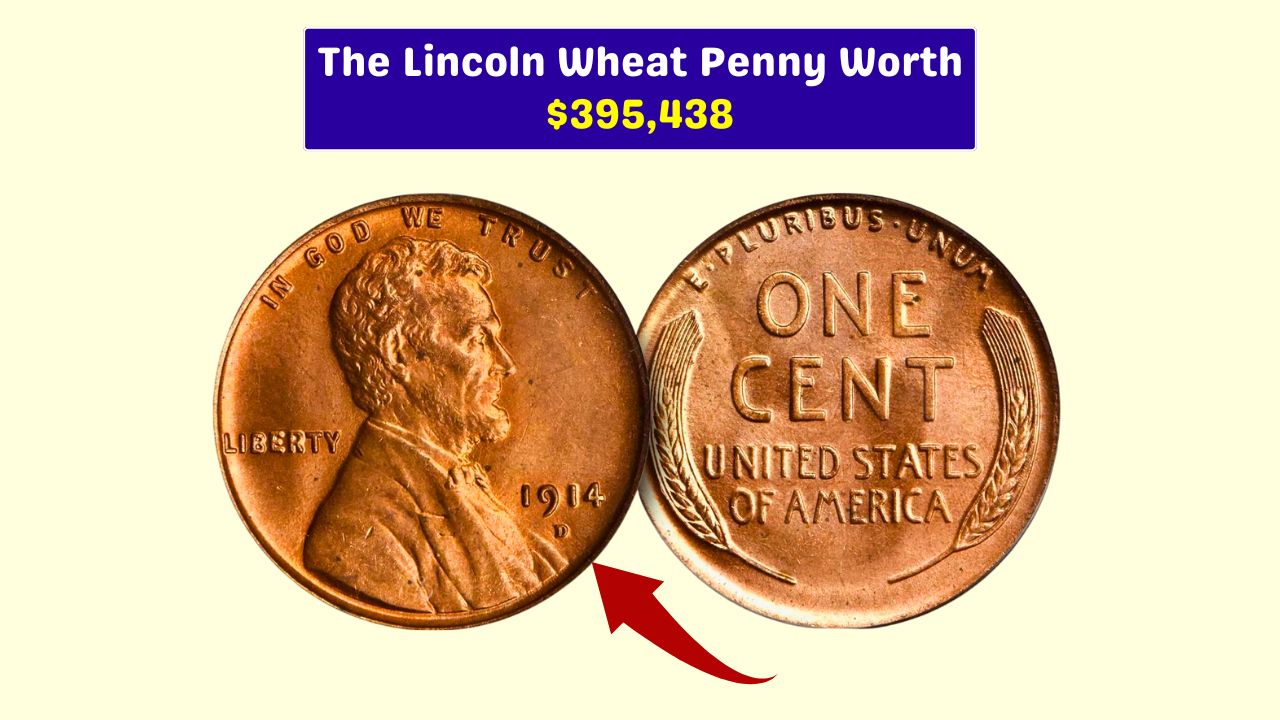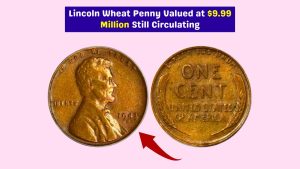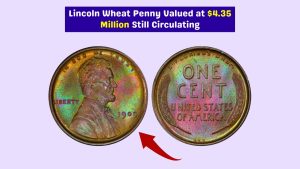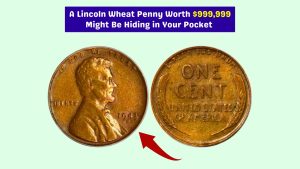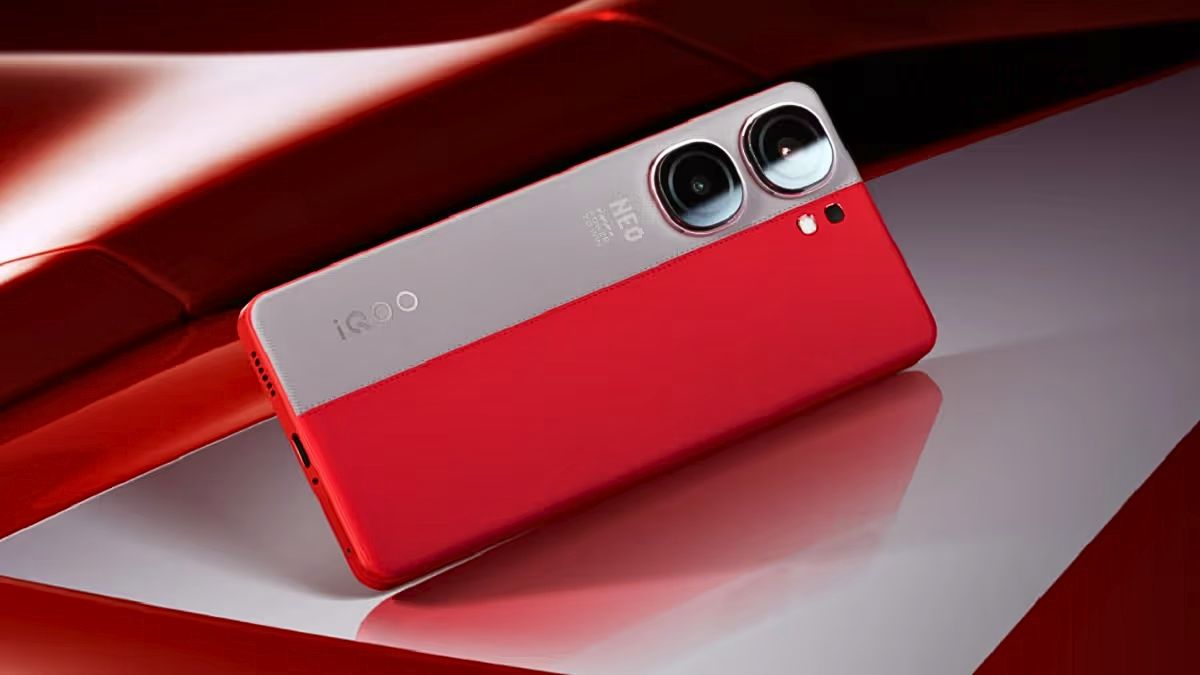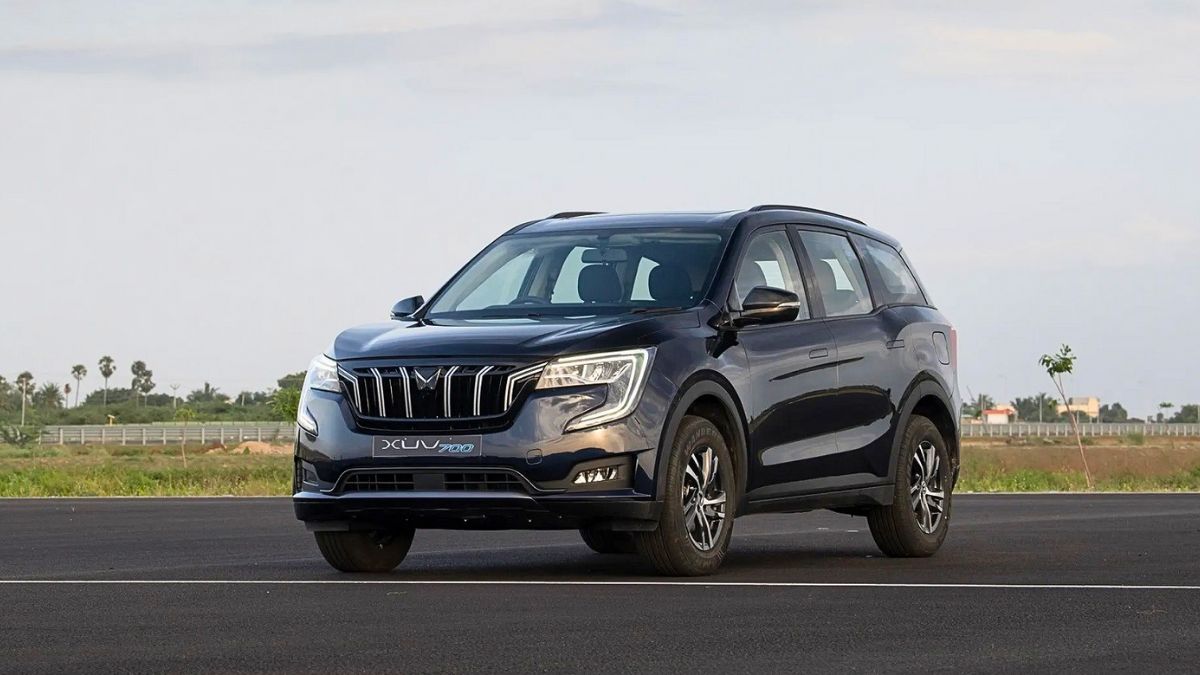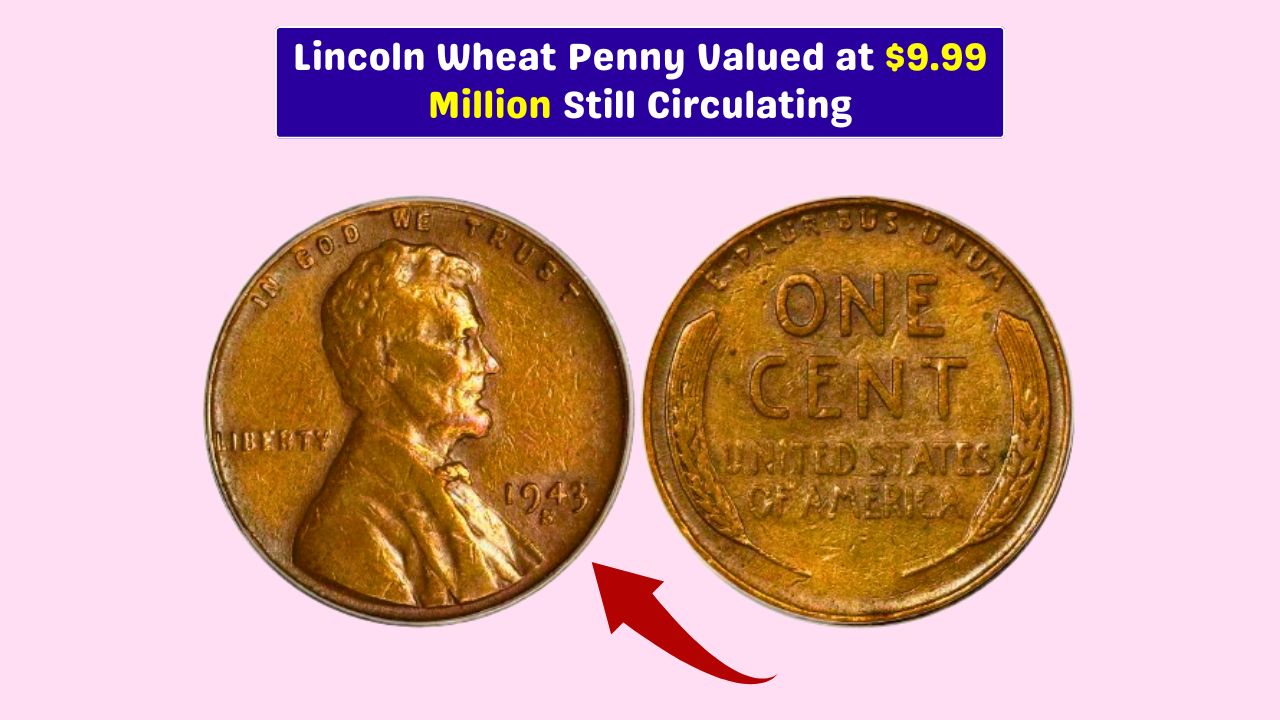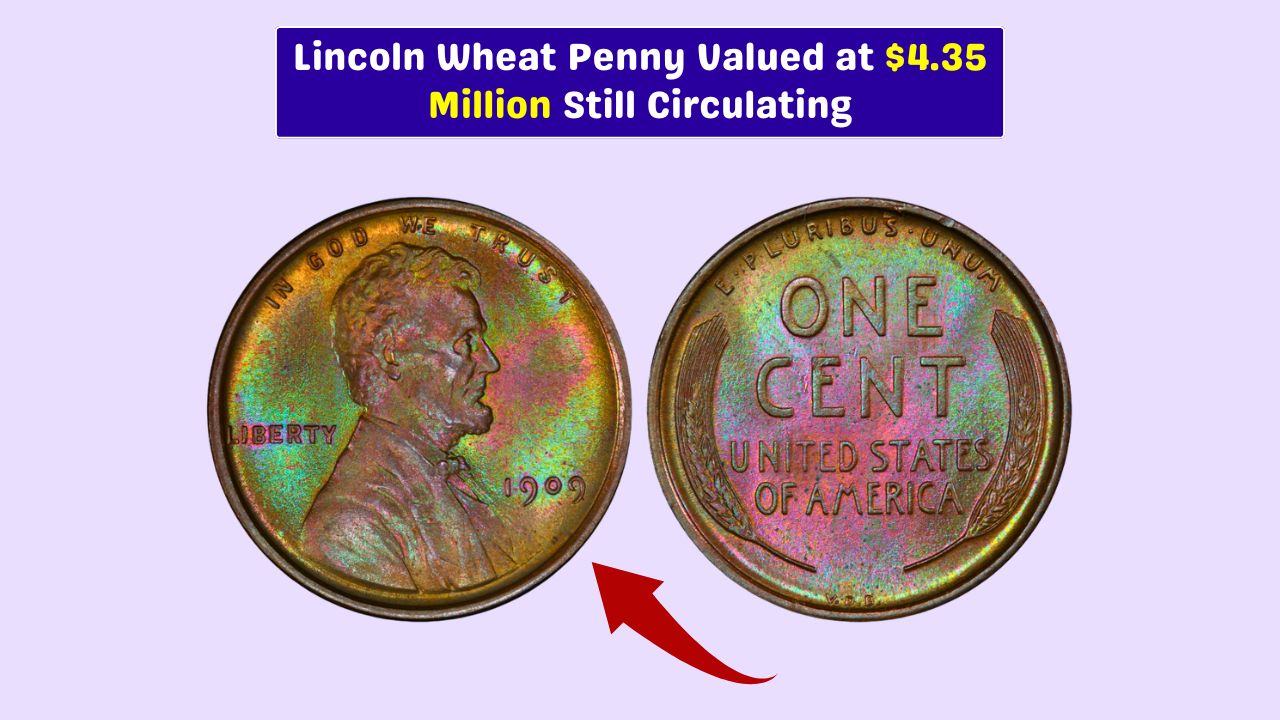It sounds wild, but one lucky penny could actually be worth more than a luxury car. We’re talking about a rare version of the Lincoln Wheat Penny, a humble coin minted over 80 years ago. While most of us let pennies pile up in jars or car cupholders, some of those coins are worth thousands—or in one jaw-dropping case, nearly $400,000.
Let’s break down why this tiny piece of metal is such a big deal and how to tell if you’ve got one.
History
The Lincoln Wheat Penny first hit pockets and purses in 1909. It was a historic coin—literally. This was the first U.S. coin to show a real person, President Abraham Lincoln, instead of a symbolic figure like Lady Liberty. The coin’s reverse side featured two wheat stalks framing the words “One Cent”—hence the nickname “Wheat Penny.”
Minted until 1958, this design eventually gave way to the Lincoln Memorial design. But collectors still love the wheat-backed original, especially the rare variations.
Rarity
Here’s the juicy part. In 1943, the U.S. Mint needed copper for World War II ammunition and wiring, so they started making pennies out of steel coated in zinc. These steel pennies looked silver instead of copper brown.
But a small number of copper blanks (called “planchets”) accidentally got used that year. This mistake resulted in a few 1943 pennies being struck in bronze instead of steel. And today? That error has turned them into six-figure collectibles.
Only around 10 to 20 of these bronze 1943 Lincoln Wheat Pennies are known to exist. That’s what makes them so valuable.
Features
Want to play coin detective? Here’s how you can spot one of these rare 1943 bronze pennies:
| Feature | What to Look For |
|---|---|
| Year | Check for 1943 on the coin |
| Color | Bronze/copper color, not silver |
| Magnet Test | Steel sticks to magnets—bronze does not |
| Condition | No scratches, clear details, high shine |
Be extra cautious: don’t clean the coin. It may seem like a good idea, but cleaning actually lowers its value. If you suspect you’ve got a rare penny, take it to a coin grading expert for a professional opinion.
Circulation
You might be wondering, how does a $395,000 coin end up in everyday change? Easy. Over the decades, people forget. Rare coins get passed down, tossed into jars, or spent without a second thought. Most folks don’t realize that something so old and small could be worth more than a brand-new BMW.
That’s why coin collectors constantly dig through bags of coins from banks or sort through old family stashes. Hidden treasures are out there—it’s just a matter of recognizing them.
Obsession
Collectors are drawn to the Lincoln Wheat Penny not just because of its value, but its charm. These coins carry stories from over a century ago. From tiny mint errors to rare dates and variations, there’s an endless treasure hunt built into them.
And it’s not just the 1943 bronze penny that’s valuable. Others, like the 1909-S VDB and 1914-D Wheat Pennies, can also sell for thousands. So, if you’re thinking about starting a coin collection, wheat pennies are a perfect place to begin.
It’s pretty mind-blowing that a single penny could fetch $395,438, right? But the 1943 Bronze Lincoln Wheat Penny proves that even the smallest coins can carry massive value. Mistakes like this don’t happen often, which makes each one a rare artifact—and possibly, your ticket to a fortune.
So next time you empty your pockets, don’t overlook that penny. It might be a key to unlocking a small fortune from the past.
FAQs
What is the 1943 bronze penny?
It’s a rare coin mistakenly made of bronze instead of steel.
Why is it so valuable?
Its rarity and minting error make it highly collectible.
How many 1943 bronze pennies exist?
Only about 10 to 20 are known to exist.
How can I test my 1943 penny?
Use a magnet—steel sticks, bronze doesn’t.
Should I clean my old coins?
No, cleaning can reduce a coin’s value.
